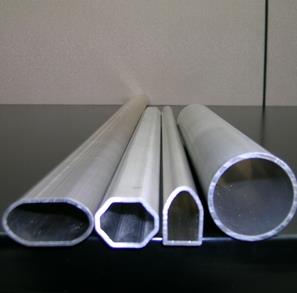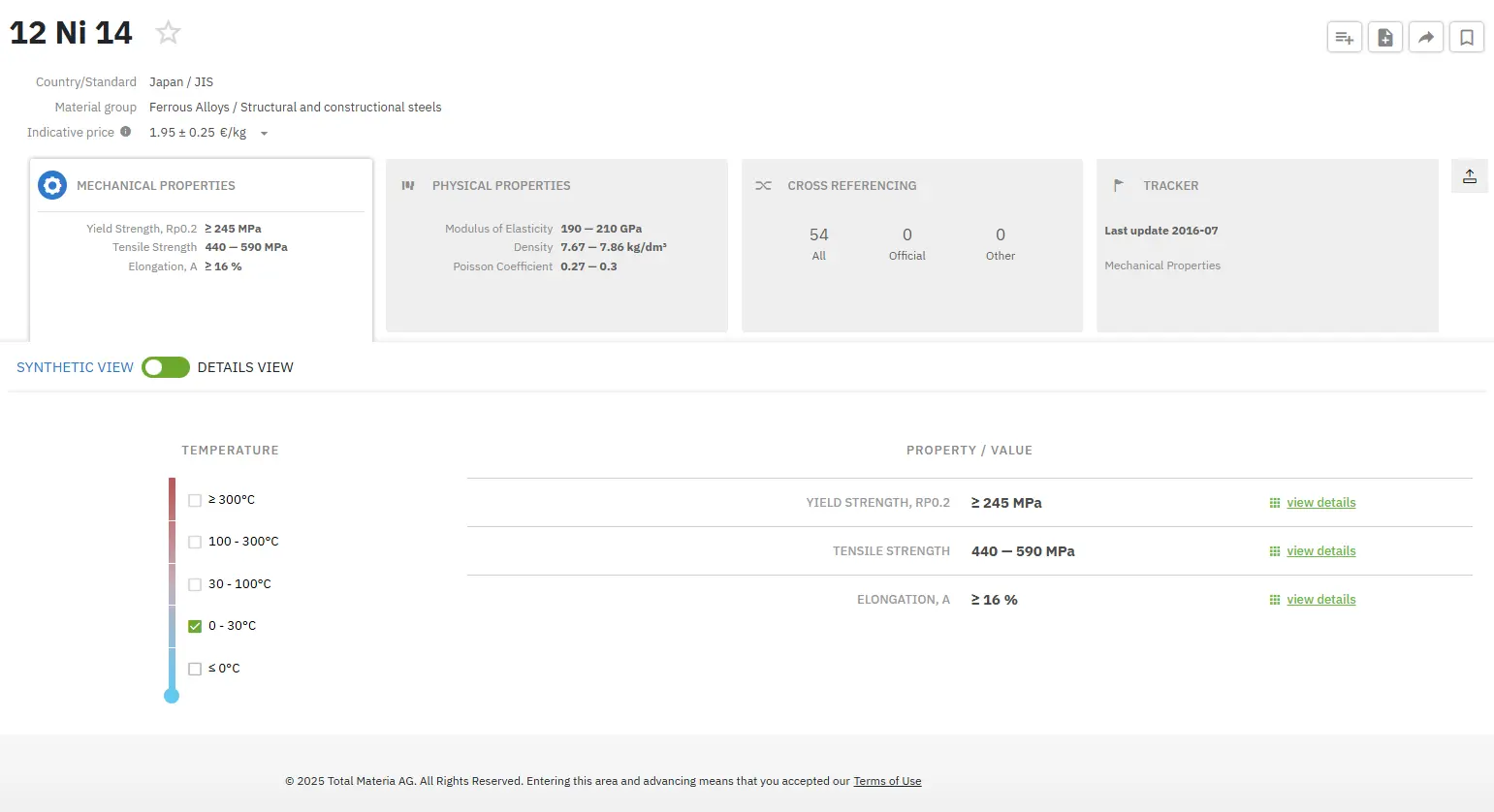Extrusion of Magnesium Alloys
Abstract
Magnesium alloys are becoming increasingly popular due their ability to exhibit excellent strength, stiffness, degradability, and good biocompatibility.
The key to improving the mechanical properties and corrosion resistance for example, relies on suitable thermal processing i.e. the correct extrusion temperature and the correct extrusion speed.
Magnesium alloys have attracted increasingly more attention from many experts and scholars because of their high specific strength, specific stiffness, degradability, and good biocompatibility.
Proper thermal processing (hot extrusion) can not only greatly improve the mechanical properties of the alloy, but also improve the distribution of the second phase and improve the corrosion resistance of the alloy on the basis of the as-cast alloy. Especially, the impact of extrusion temperature on the dynamic recrystallization during hot extrusion is exceptionally significant.
Despite the emerging and critical significance of Mg alloys as a class of engineering penetration to date, which can also be generally said of wrought Mg alloys (including sheet and forgings). In general, the strength of extrusion alloy is represented by the yield stress (YS), while a proxy for formability is represented by the reported elongation (given formability is not typically reported), while it should be noted that tensile ductility does not fully represent alloy formability as relevant to metal forming, because formability in the context of plastic deformation of metals is the ability of a metal piece to be biaxially stretched, deep drawn, stamped or bent without failure. None the less, it is readily observed that the tensile properties of commercial Mg extrusions are inadequate relative to counterpart Al alloys. Commercial Mg extrusion alloys also have a significant tension-compression yield asymmetry. The YS in compression test is about 0.4–0.8 of that in tension, which is not the case for Al extrusion alloys.
Magnesium alloy is the lightest metal structure materials currently available applications, excellent specific rigidity, shock resistance, thermal conductivity, electromagnetic shielding to become the new darling of aerospace, modern automobile manufacturing, civil engineering and other fields, is the most competitive potential of new structural materials. Magnesium alloy extrusion profiles broadened still in the early and exploratory stage, with the manufacturing of lightweight, energy-saving and environmental protection requirements increase, market research and development of the urgent requirement of magnesium alloy profiles spread extrusion technology.
Extrusion temperature, extrusion speed and extent of deformation of magnesium alloy extrusion production process in three key parameters. Extrusion temperature, speed control is not good, are easy to cause the metal to flow unevenly, metal surface tensile strength decreased, with increased tensile stress and cracks; Through a large number of engineering practice to extrusion temperature, extrusion speed and extent of deformation of effective control, effectively improve the extrusion rate and yield, the magnesium alloy profiles spread extrusion technology has major theoretical breakthrough and practical significance.
Extrusion temperature studies Width of magnesium alloy extrusion profiles, the extrusion temperature is the most basic and most crucial technological factors. Extrusion temperature on product quality, productivity, tool life, energy consumption and so have a huge impact.
Extrusion The biggest problem is to control the temperature of the metal, from the start of heating to extrusion ingot entire process must ensure that the organization is not soluble phase separation or precipitation of small particles dispersed presented from solid solution.
In general, as mentioned in the paper of R.W the maximum ductility magnesium alloy in the temperature range of 350-400°C for AZ31 magnesium alloy extrusion billet heating temperature is set to 380°C, the heating temperature reached after holding 15-30min. Magnesium alloy billets heated in an electric furnace, furnace with forced air circulation system to maintain temperature uniformity, the furnace temperature does not exceed ±10°C, furnace temperature thermocouple measurement; thermocouple mounted at a distance of 100-150 mm blank ; automatically adjust the oven temperature measuring instruments to ensure accuracy in the furnace installation within ±8°C.
Extrusion billet removed surface oil, magnesium shavings, burrs and other dirt. When heated magnesium alloy, it must be strictly done in a furnace without the magnesium alloy contact with the heating element, so that a certain distance apart. And heating furnace magnesium alloy, beside their resistance wire fitted with a protective plate to avoid overheating and cause a fire. Billet should be evenly placed on the hearth, to maintain a certain interval. Front loading, first preheat the oven to a predetermined temperature (380°C), because the high thermal conductivity of magnesium alloy, which can shorten the heating time and avoid grain growth.
Practical results in R. Wang study show that: extrusion temperature, speed and extent of deformation are three main arguments wide magnesium alloy profile extrusion process, the extrusion temperature, speed control is not good, are easy to cause the metal to flow unevenly, the tensile strength of the metal surface decline, with a tensile stress increases and cracks; in the wide profile extrusion processing, Based on the extrusion temperature, extrusion speed and extent of deformation control, effectively improve the extrusion rate and yield, and come to the following in conclusion:
(1) Based on the 380°C when AZ31 magnesium alloy extrusion profiles were broadened, at this temperature plasticity AZ31 magnesium alloy has the best success of the extrusion temperature control, to ensure that the phase structure of the metal is not soluble precipitation or present small particles from solid solution dispersed precipitated.
(2) AZ31 magnesium alloys with the die during extrusion temperature rise reduces fluidity, the mold must be heated to a temperature slightly lower than the billet, designed for mold preheating temperature 280°C.
(3) squeeze too fast, there will be a tendency profile surface pitting, cracks, etc., increased metal deformation nonuniformity. Wide magnesium alloy extrusion profiles designed for speed 0.8 m/min.
(4) AZ31 magnesium alloy extrusion profiles broadened Lubricate the use of glass, reducing friction billet and extrusion cylinder and die work belt between the mold to prevent sticking and reduce friction, improve metal flow.

Figure 1: As-extruded magnesium alloy tube
Find Instantly Precise Material Properties!
Total Materia Horizon contains mechanical and physical properties for hundreds of thousands of materials, for different temperatures, conditions and heat treatments, and much more.

Get a FREE test account at Total Materia Horizon and join a community of over 500,000 users from more than 120 countries.